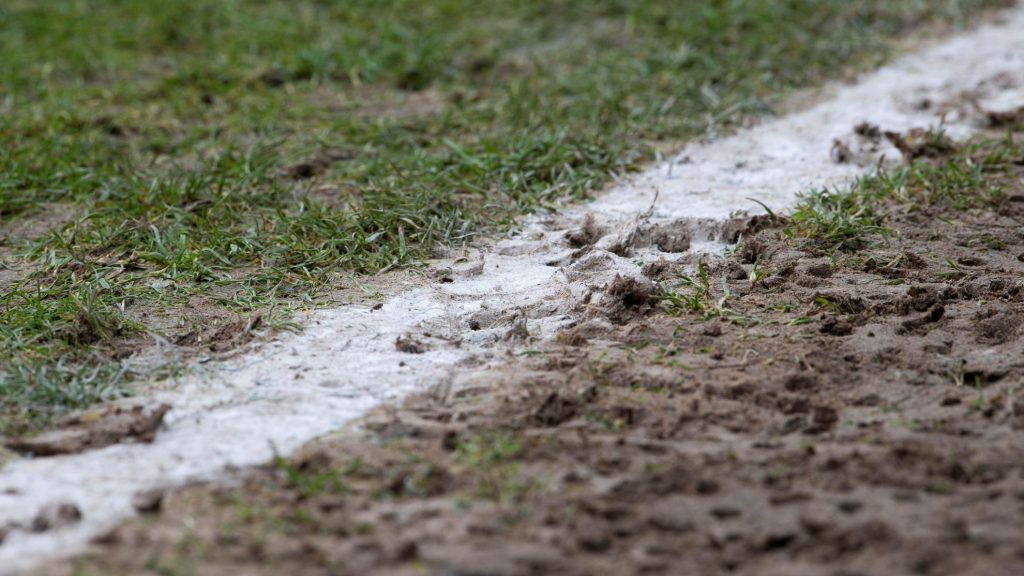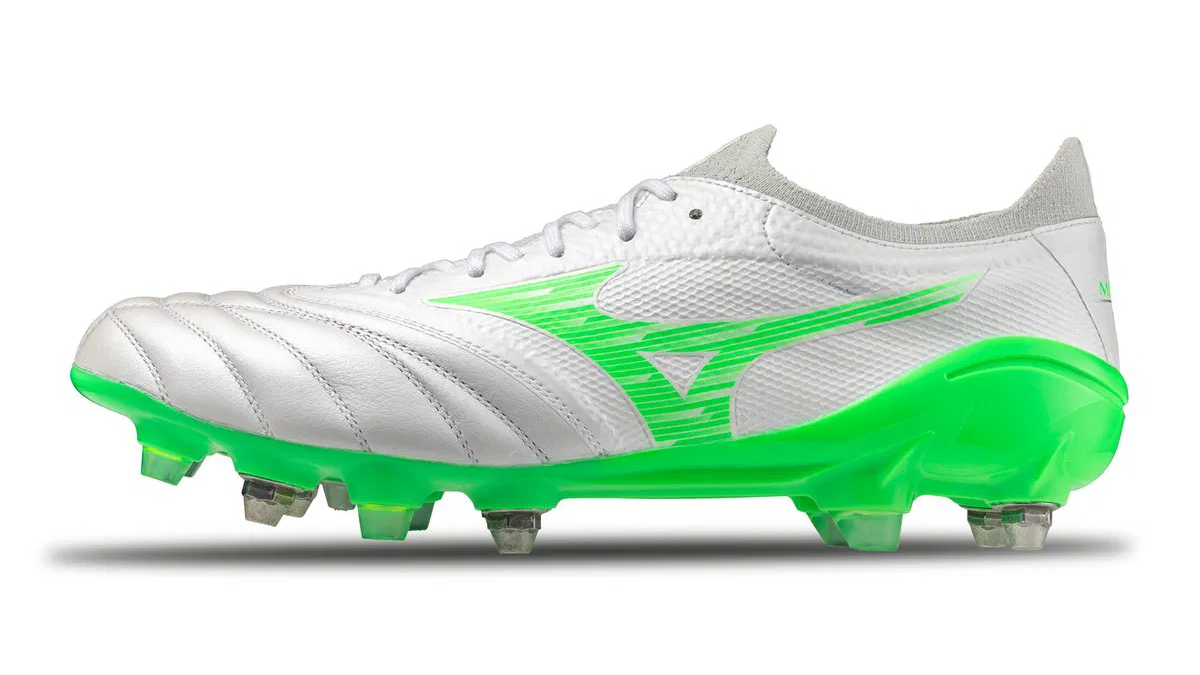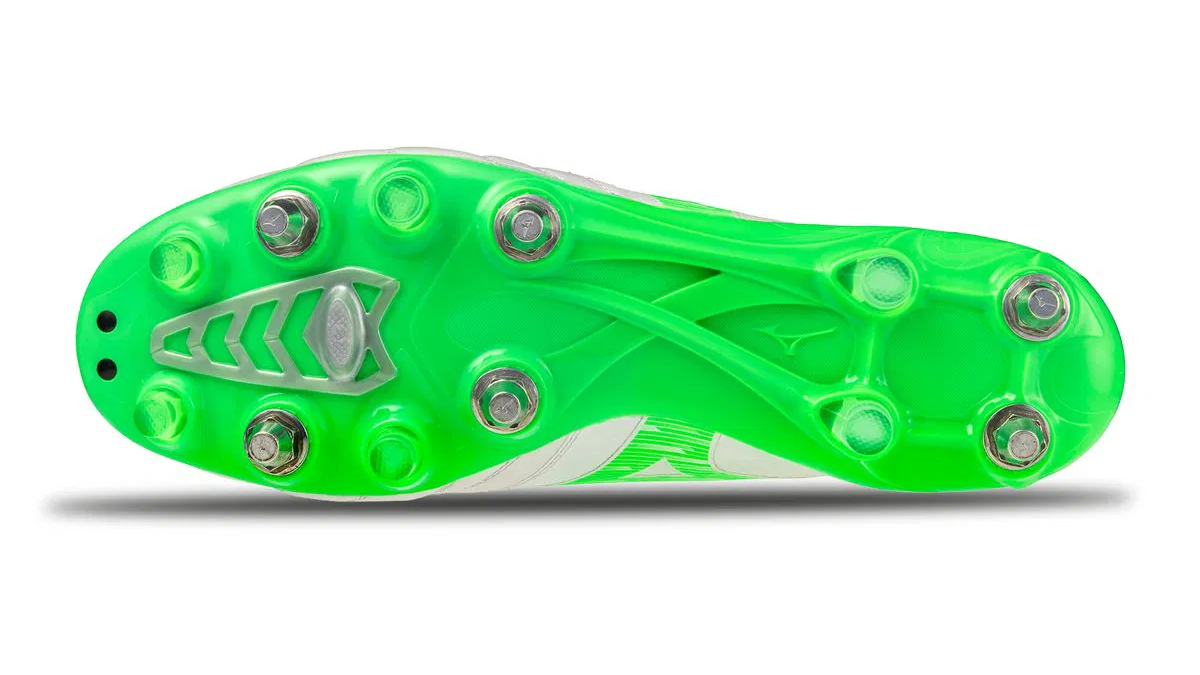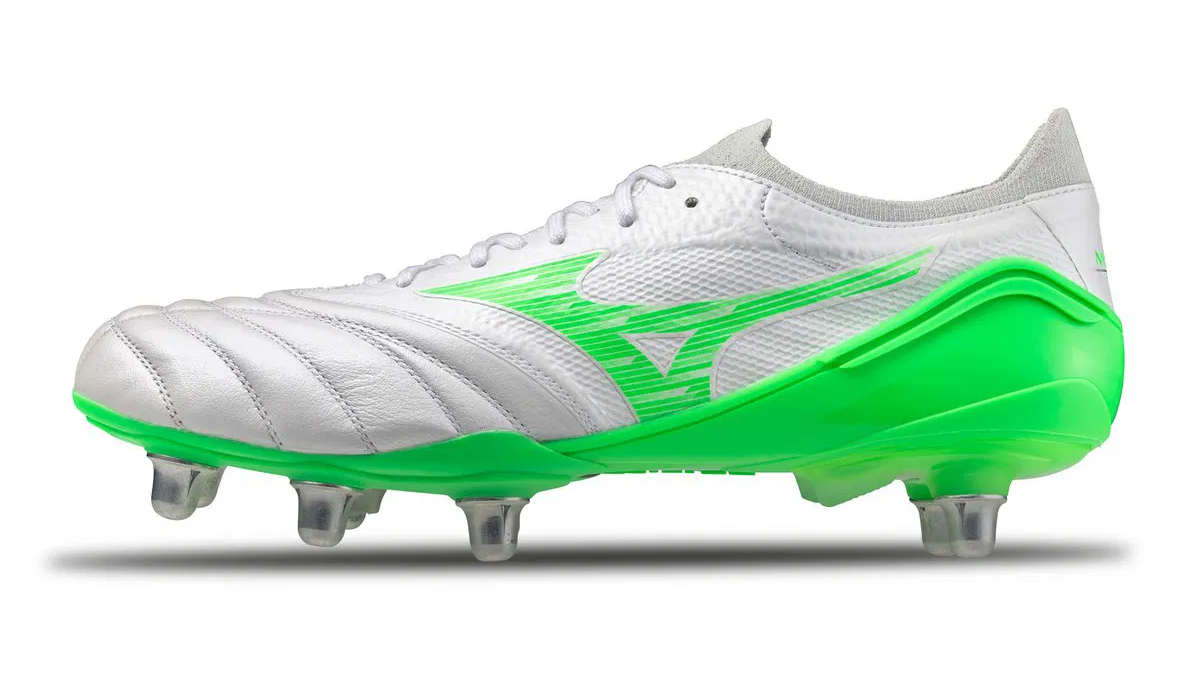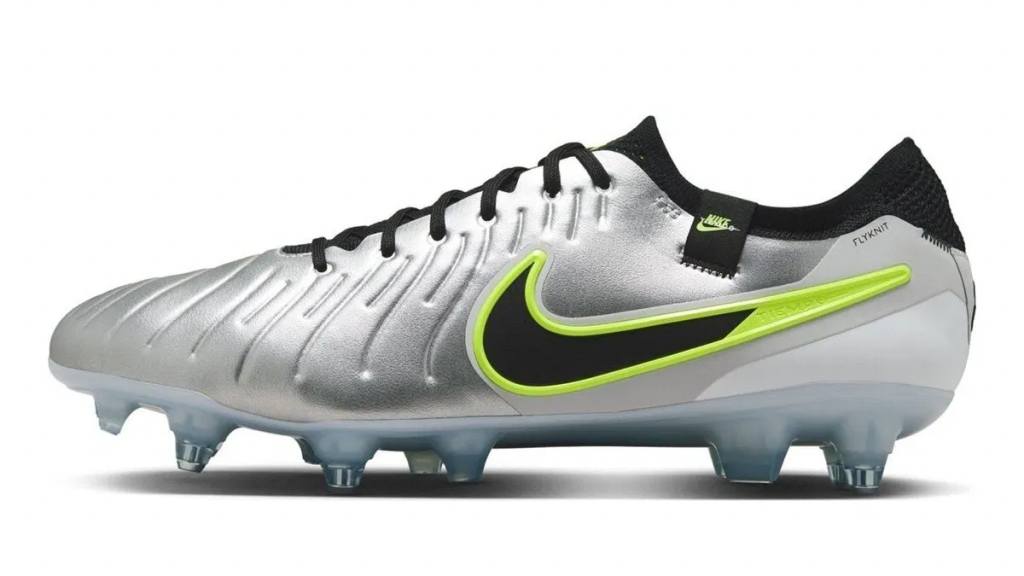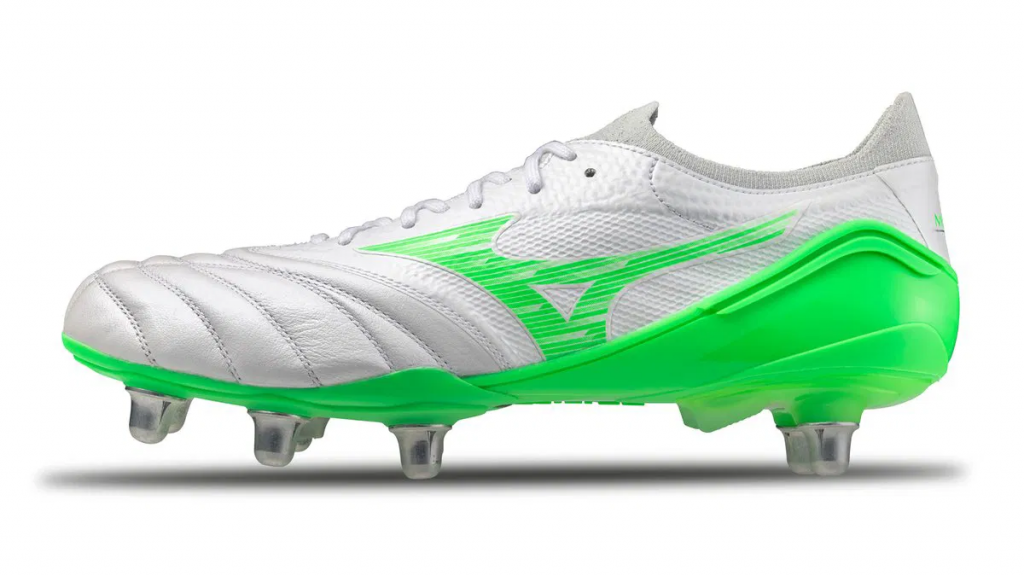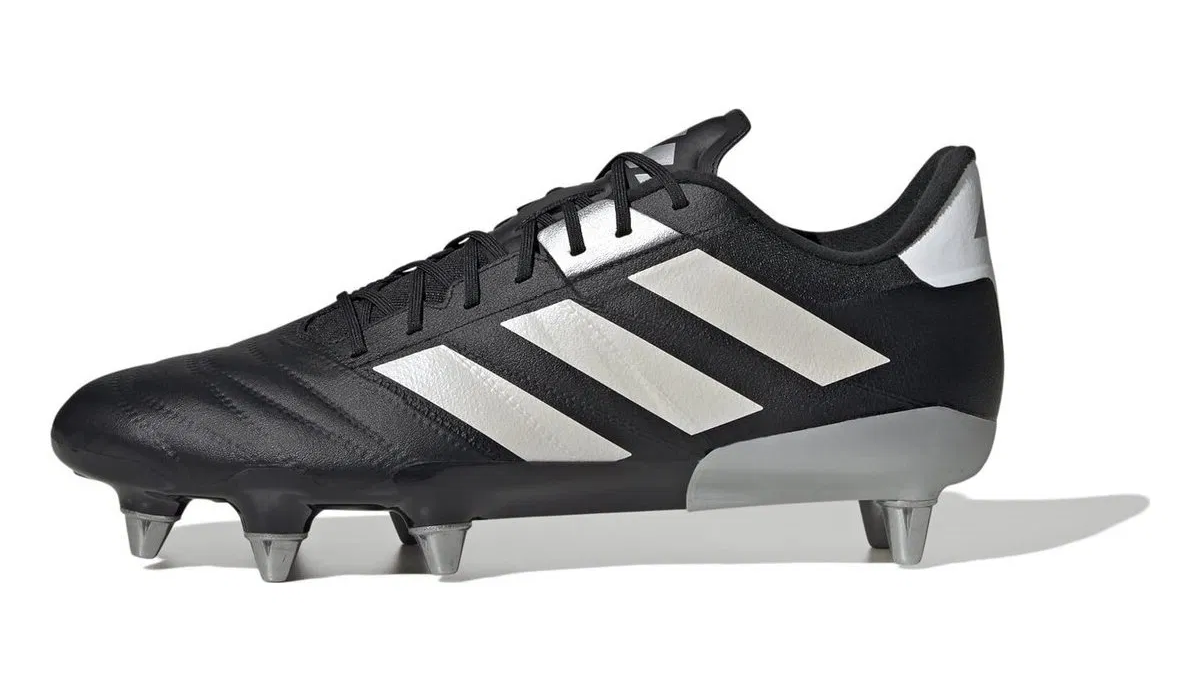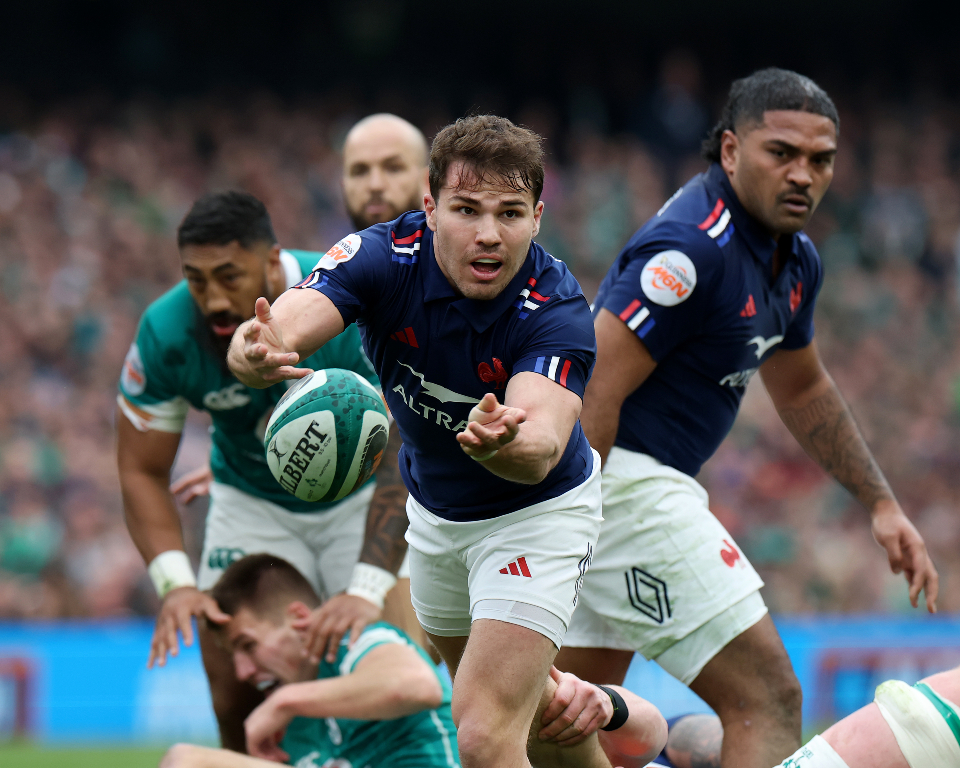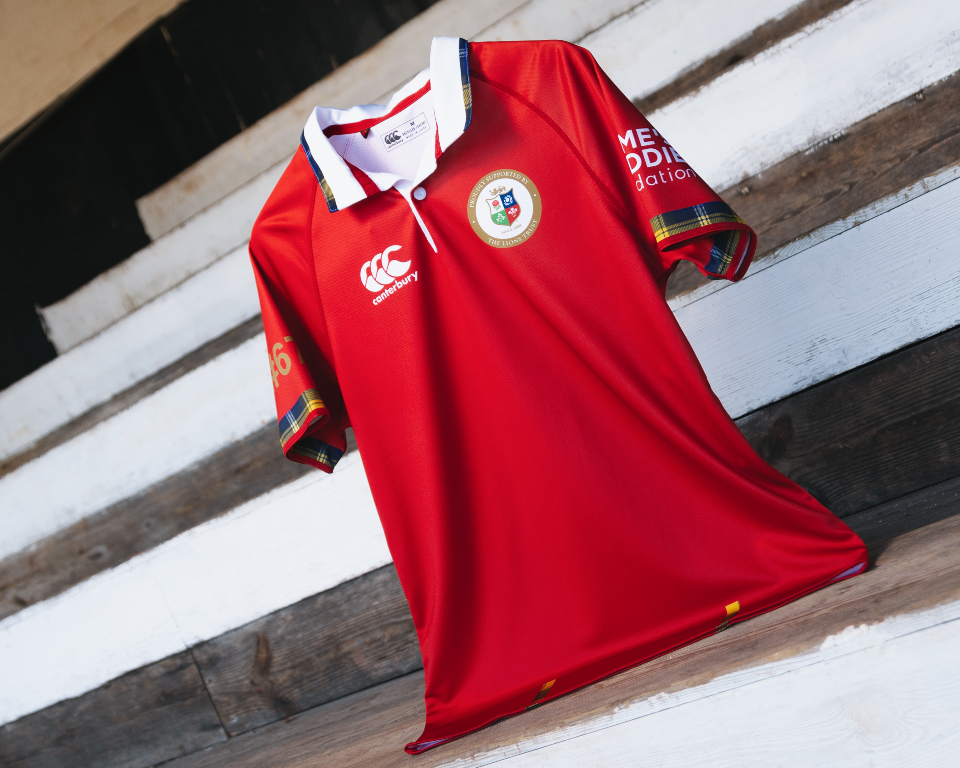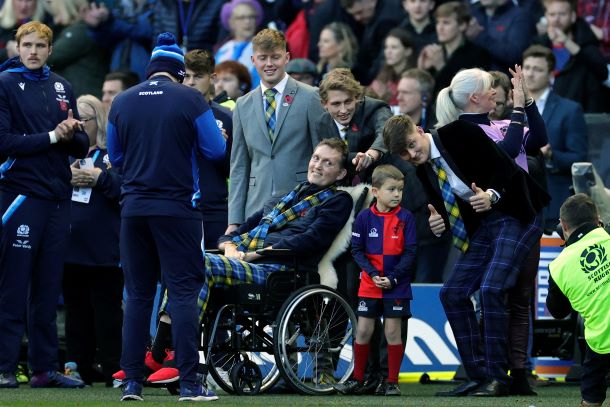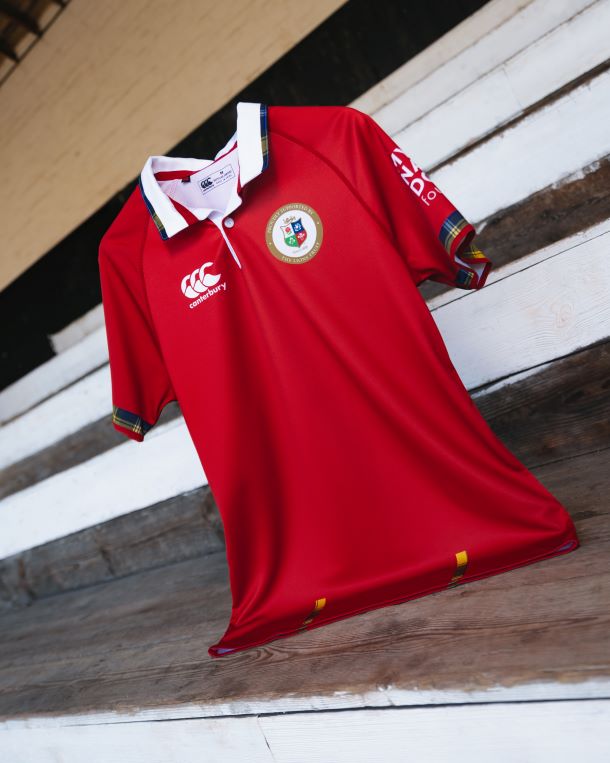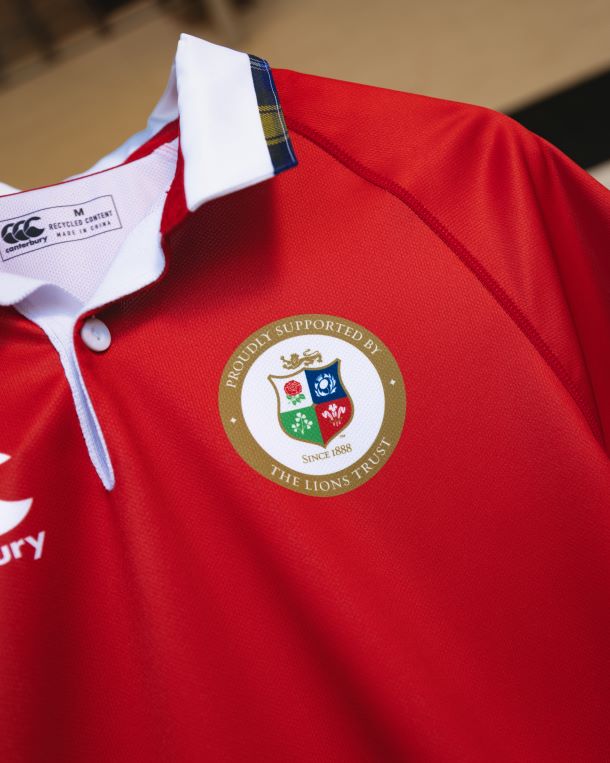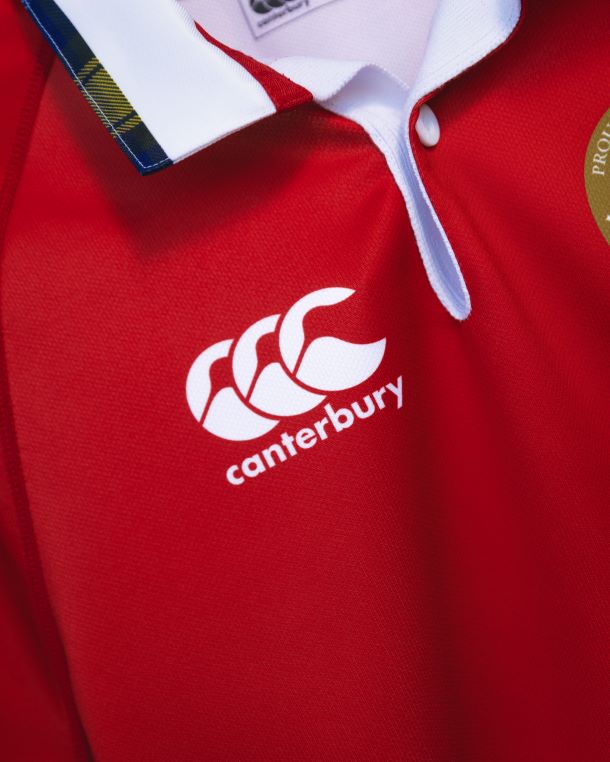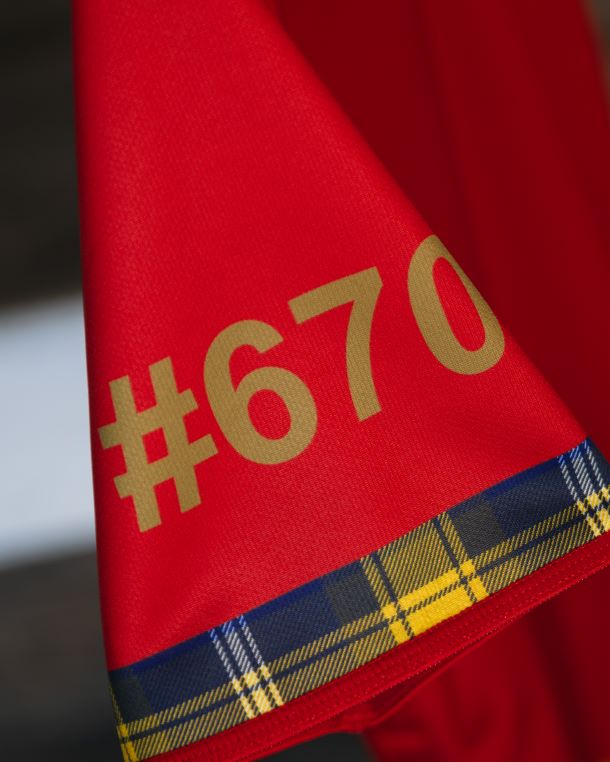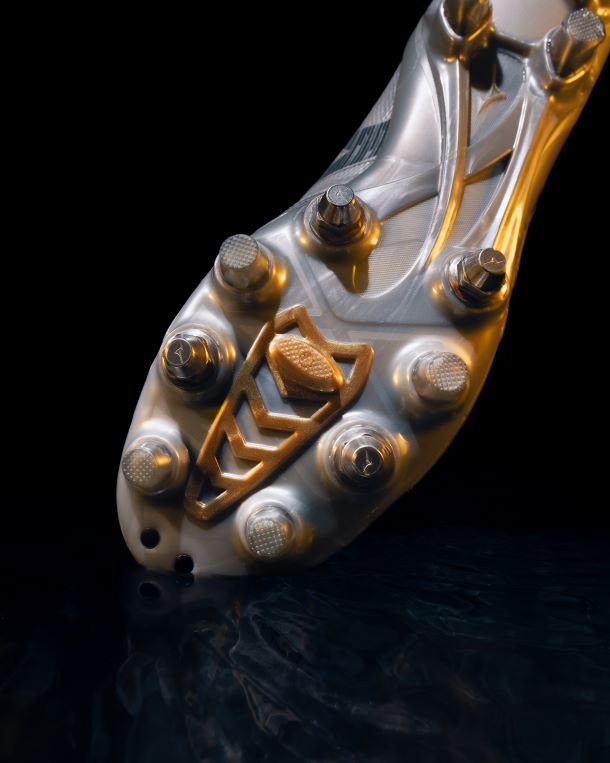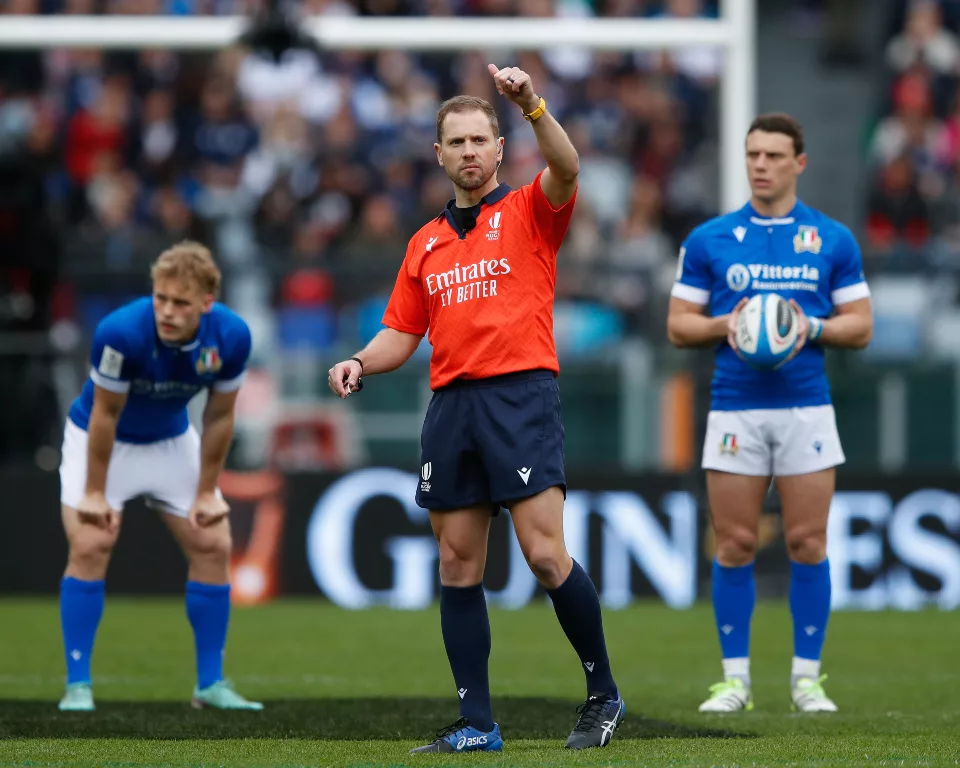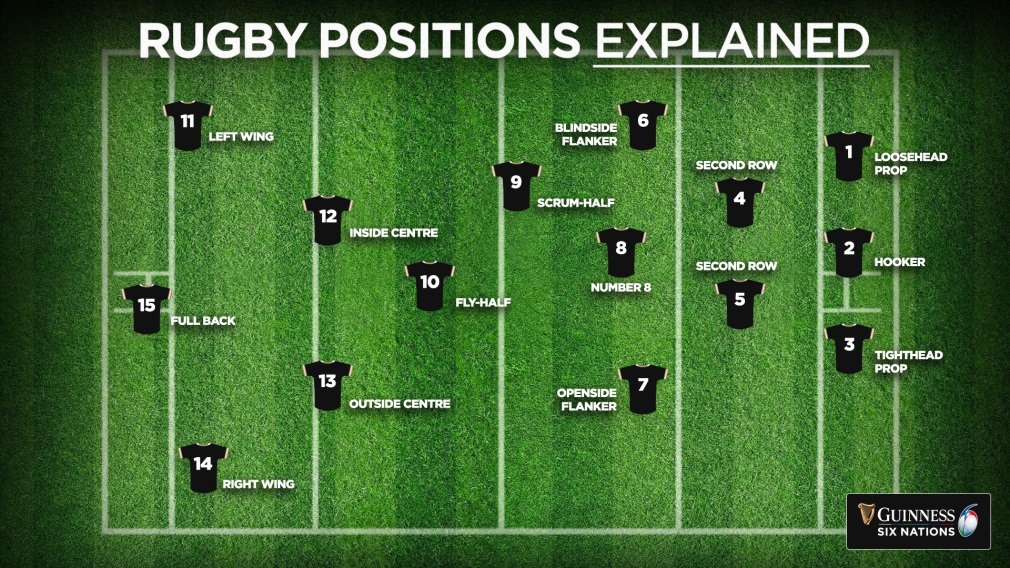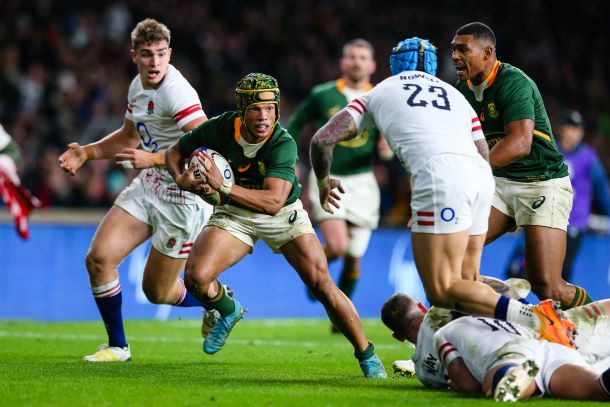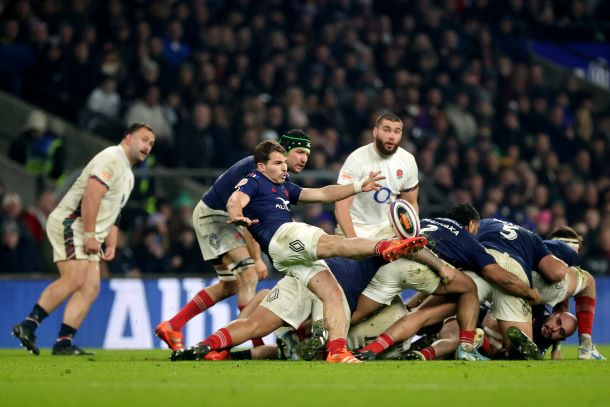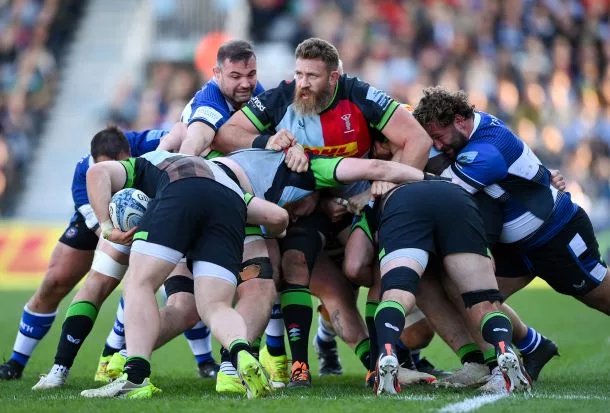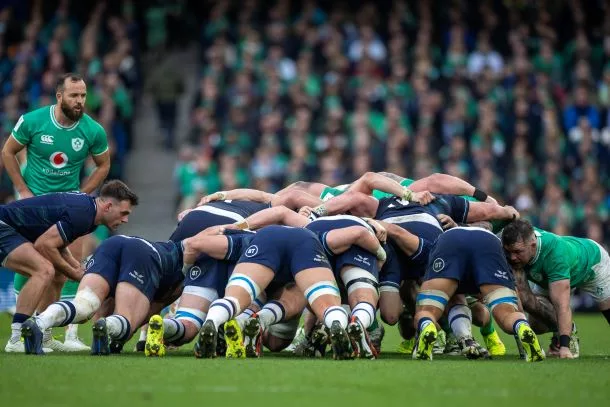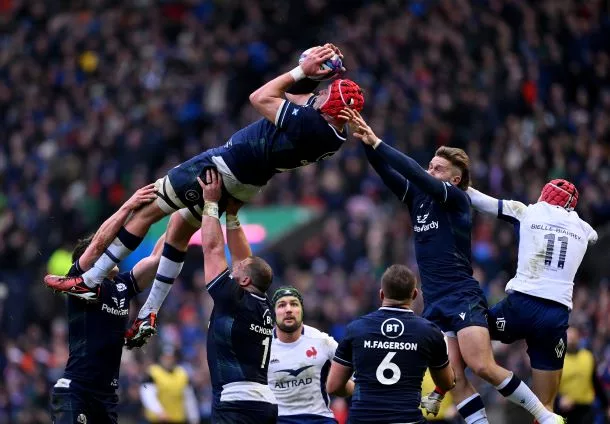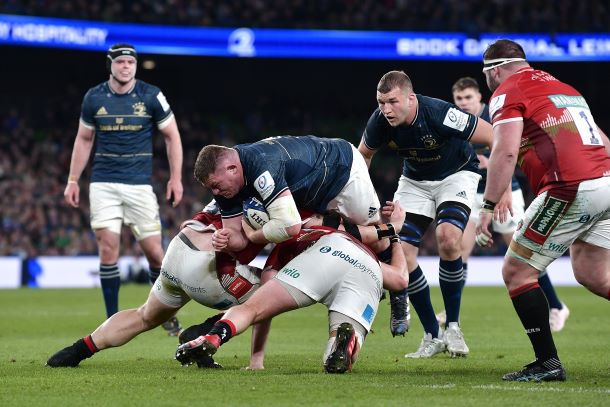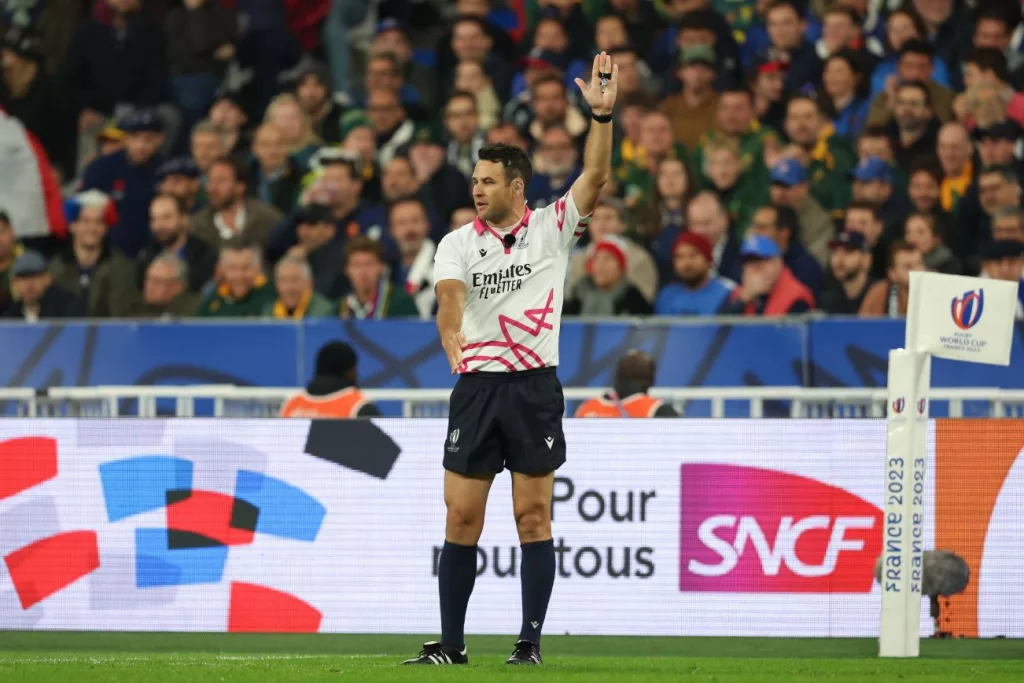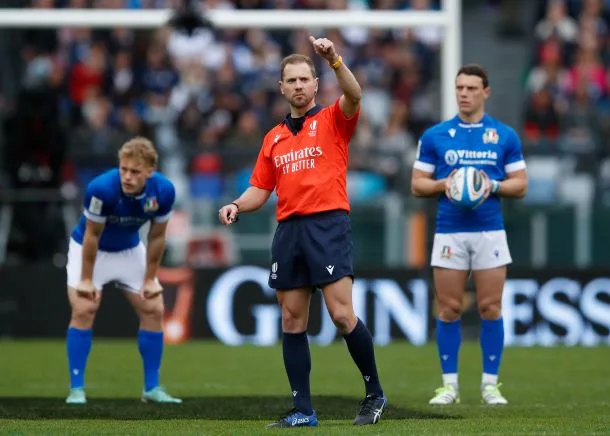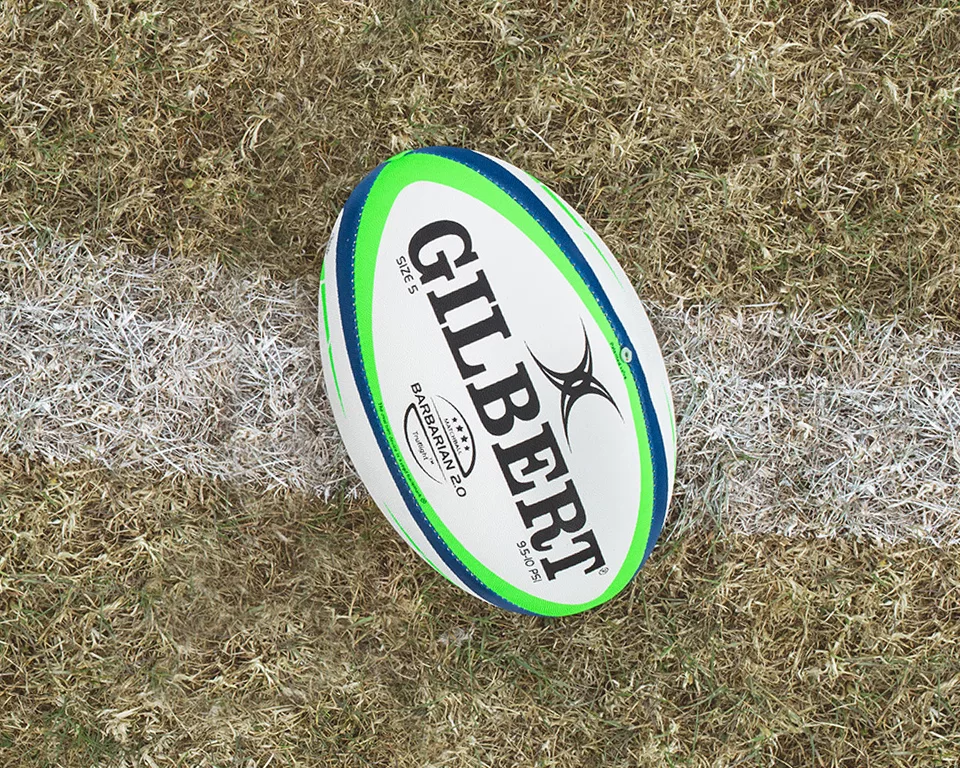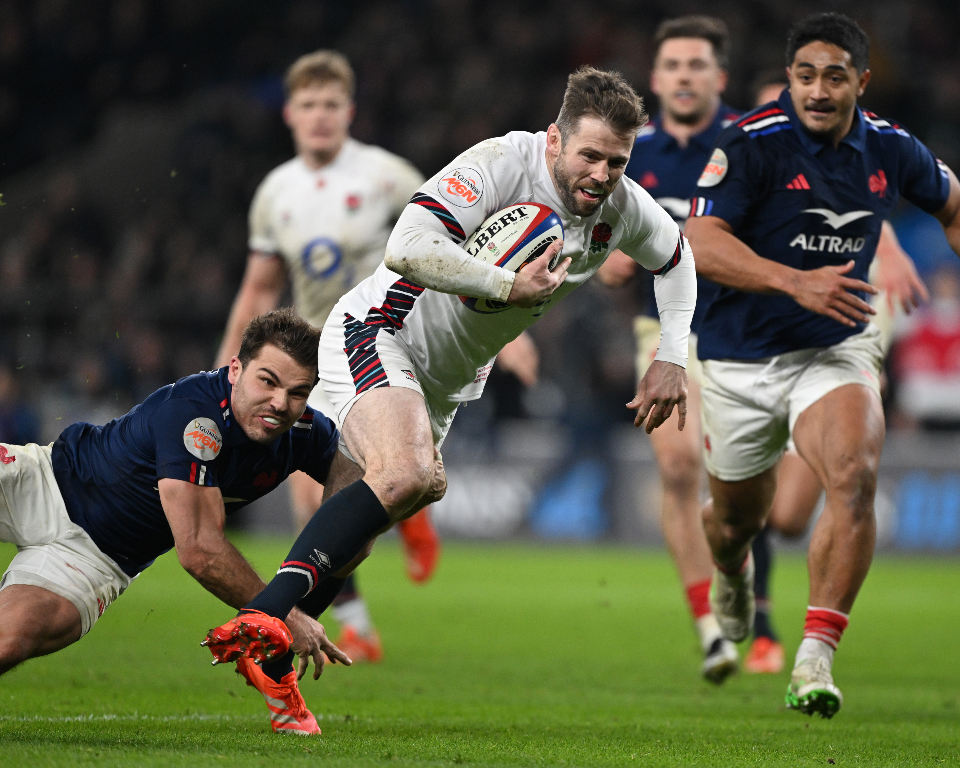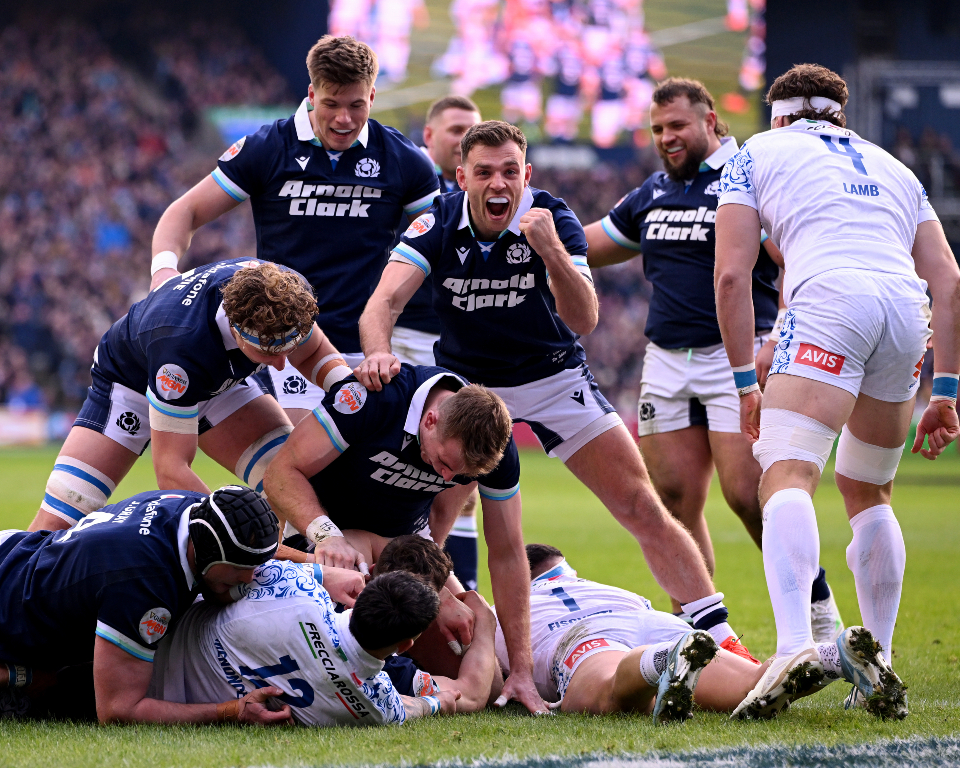Rugby boots have come a long way since their early days, evolving from shared leather clogs worn on muddy fields to sleek, high-tech performance gear fit for the pros.
Today, every boot tells a story—from classic designs that evoke nostalgia to innovative models pushing the limits of the game.
Skip To:
#1. Then and Now: The Evolution of the Rugby Boot
#2. The Most Popular Rugby Boots By Brand

Rugby Boots: Then vs Now
From the game’s genesis in the mid-19th century through to the 1970s, rugby and football players shared heavy boots made of leather and metal. As both games evolved, so did the level of research and the quality of materials used to construct footwear for optimum performance.
Unlike football, rugby union took time to establish itself commercially. Professional rugby didn’t even exist until 1995—a fact that’s hard to believe given the game’s massive popularity today.
Even as trends shifted, and newer styles emerged, certain classic boots refused to fade into history.
Take a stroll into today’s rugby retailers, and you might spot a rebel defying the march of time—the KooGa Power. They embody the spirit of those bygone eras, standing proudly on shelves despite the allure of modern designs

In a world where innovation and trends dominate, these boots are a testament to the enduring legacy of rugby’s humble beginnings. They whisper stories of muddy scrums, hard-fought tries, and the relentless spirit of players who wore them proudly.
So, the next time you spot a pair of classic rugby boots in a store, know that you’re not just looking at footwear; you’re witnessing a piece of rugby history, a nod to the days when giants were yet to emerge, and the underdogs ruled the field.
Which brings us to today’s topic:
Which boots are currently the most popular amongst rugby players?
Of course, a player’s boot choice is completely dependent on personal preference, and we’re not here to insist you spend hundreds of pounds on the flashiest footwear just because the top players wear them.
We’re here primarily to have a good old nosey, and by giving some insight into which wheels the pros wear, we can hopefully provide some valuable advice to help you choose your next pair.
Best Boot by Brand
Skip To:
Mizuno
#1. Mizuno MIJ Neo IV Elite
Premium Japanese brand Mizuno has been producing limited lines of rugby boots for around twenty years.
Their iconic premium kangaroo leather has in recent years been presented by elite ambassadors Dan Norton and Nemani Nadolo, with the likes of Rhys Carre, Hanro Liebenberg and Freddie Thomas recently joining the fray.

With the “Made in Japan” Neo IV SG Rugby boots first hitting pitches in swathes back in July 2023, these boots have been a roaring success ever since, and now feature a stunning blend of bold blues and brilliant whites for a sophisticated design that looks as good as it performs.
Boot Spotted! – Viliame Mata

#2. Puma
Puma Ultra 5 Ultimate
Puma, the world’s third-largest sportswear brand, has made a big splash in the rugby world. Many top players are now choosing Puma’s iconic line of football boots, re-engineered for the demands of rugby.
One standout boot in their range is the tried-and-tested Puma Ultra Ultimate, recently seen on the feet of Melbourne Storm’s Cameron Munster. This speed-demon’s dream weighs approximately 160 grams for a typical UK Size 8 fitting.

Packed with tech like the PWRTAPE SQD Support Frame, which keeps your foot stable and supported during quick runs, and a GripControl Pro upper for precise kicking, these boots excel for players on the wing who need to make quick sprints down the sidelines and sidestep rivals.
They are also ideal for Fullbacks and Scrum-halves.
With several colourways to choose from, there’s a boot to match any kit!
Boot Spotted! – David Kriel

#3. Nike
Nike Mercurial Vapor 16
While Nike outfits a handful of teams, their iconic Swoosh truly shines brightest on the feet of standout players.
Scotland’s Blair Kinghorn, for example, rocks the all-new Nike Mercurial Vapor 16 from the Nike Mad Voltage Pack—and it’s easy to see why.
As the lightest Mercurial to date, these boots weigh in at just 178 grams for a Size 8, edging just over Puma’s 160-gram claim.

The innovative Atomknit construction provides exceptional support along the medial and lateral sides, while also being highly mouldable for a perfect fit. This combination offers next-level comfort and drastically cuts down on break-in time—meaning they’re ready for action right out of the box.
The Vapor 16 also comes equipped with a breathable Gripknit coating on the upper, ensuring pinpoint accuracy for place-kicks, punts, and passes, while also keeping water out—so you can stay sharp in any conditions.
Boot Spotted – Blair Kinghorn

Nike Tiempo Legend 10
Few boots can rival the legacy of the Nike Tiempo.
A true classic since ’94, admired globally for its sleek look and unmatched comfort—especially for those with wider feet. The Tiempo Legend 10 tops our list for backs but shines just as brightly for forwards.

With an ultra-soft FlyTouch Plus upper that delivers a leather-like feel without the painful break-in period, and All Conditions Control (ACC) technology that ensures consistent touch in wet or dry weather, the Nike Tiempo Legend 10 remains an iconic choice.
From Robbie Fruean to Owen Farrell, and now Harlequins’ Marcus Smith, this boot has graced the feet of many rugby stars—and it’s not going anywhere.
Boot Spotted – Thomas Ramos

#4. adidas
adidas Predator FT
Quite possibly the most popular boot of 2024, the adidas Predator Elite Fold-Over Tongue has captured the hearts of players past and present.
With the return of a timeless aesthetic—the iconic fold-over tongue—this boot brings back all the nostalgia of the Predator Accelerator that made its debut in 1998. And it’s not just nostalgia driving the hype—these boots live up to every bit of the excitement on the pitch.

Weighing in at just 215 grams for a UK Size 8, the Predator Elite Fold-Over Tongue brings a power boot into the same league as its speed counterparts, delivering all the kicking power a player could want.
The sophisticated Hybridtouch 2.0 upper is as soft as it is pliable, providing a snug fit and excellent barefoot sensation when kicking one over the posts, while the fold-over tongue allows for a personalised fit.
Paired with the game-changing ControlFrame 2.0 soleplate, which dramatically reduces stud pressure underfoot, and a unique external heel counter for added stability, this boot is a true game-changer.
Versatile across the field, the Predator 24 Elite FT truly shines for positions that demand precise kicking, agility, and quick changes of direction—perfect for Fly-Halves, Fullbacks, Scrum-Halves, and Wingers alike.
Boot Spotted – Elliott Obatoyinbo

adidas RS15 Pro
If you’re chasing down the try line, the adidas RS15 Pro delivers unmatched speed and reliability, setting a new benchmark for rugby boots.
Drawing from the highly popular adidas Adizero RS7 and Predator Malice—two favourites on pitches throughout 2023—these boots are known for their durability, comfort, and kicking prowess.
By combining the best features of each silo, adidas has created the RS15 Pro: a boot that offers a first-class fit and feel, giving you the drive to break the gainline.

The RS15 Pro features rigid stability wings that lock your foot in place, improving balance and reducing injury risk. The Fusionskin leather, combined with ripstop fabric, is built to endure even the fiercest tackles inside the 22. Meanwhile, the Speedframe Outsole delivers biting traction, helping you stay in control and unleash explosive bursts of speed when it matters most.
With players like Gloucester’s Gareth Anscombe, Exeter Chiefs’ Jacques Vermeulen, and Harry Randall recently seen wearing these boots, you can be sure the RS15 Pro means business.
Boot Spotted – Ross Vintcent

Canterbury
Canterbury Speed Infinite Elite
What’s in a name? When it comes to the Canterbury Speed, it’s all about exactly that—speed.
Another speed boot, you ask? You guessed it!
The Canterbury Speed Infinite Elite is a top choice for backs wanting that extra edge on the field. Need proof? Just ask Penrith Panthers’ Jarome Luai, who relies on these boots in the five-eighth position.

These boots are packed with cutting-edge tech, from Ortholite memory foam insoles that mold perfectly to your foot from the first wear, to a reinforced VAPOSKIN membrane featuring AI-generated stitch reinforcement for targeted support at key stress points.
And to top it off, they boast the next-gen Flightbeam 2.0 outsole with a wishbone-shaped reinforcement that stiffens the midfoot—delivering a welcomed acceleration boost and explosive energy transfer during quick directional changes.
Boot Spotted – Dan Robson

Want to get your hands on the most popular rugby boots of 2025?
Whether you’re a seasoned pro or just love tearing up your local grounds, step into the boots worn by legends. Explore top brands like Nike, adidas, Kooga, Puma, and Canterbury—all available at Lovell-rugby.co.uk










